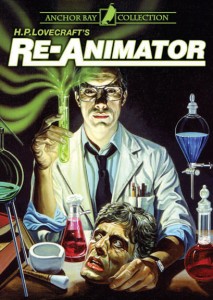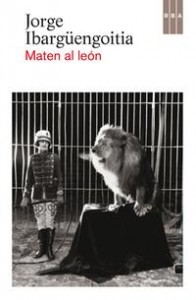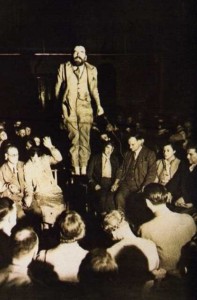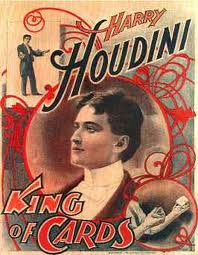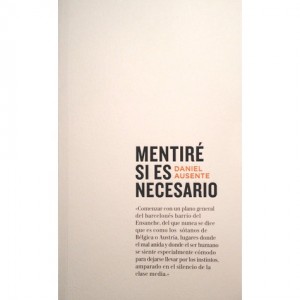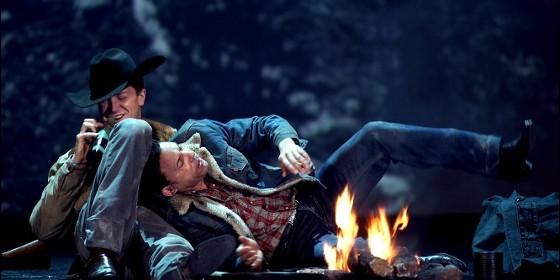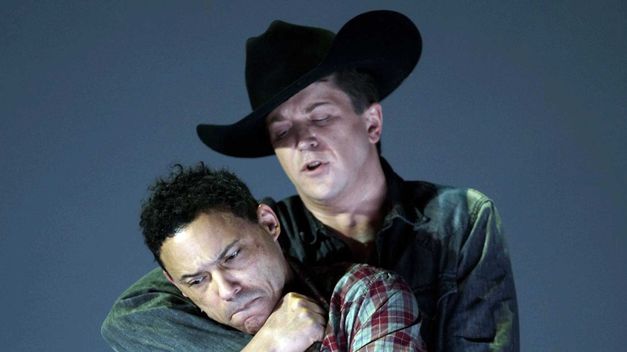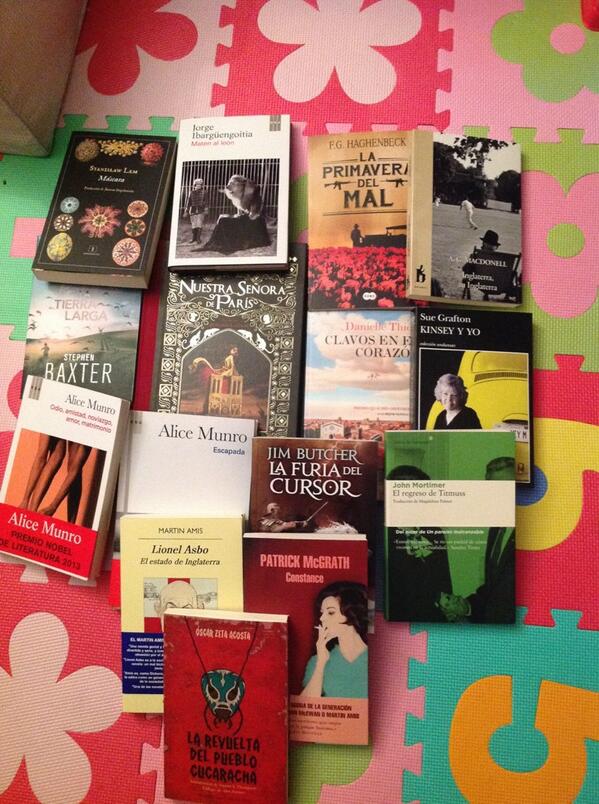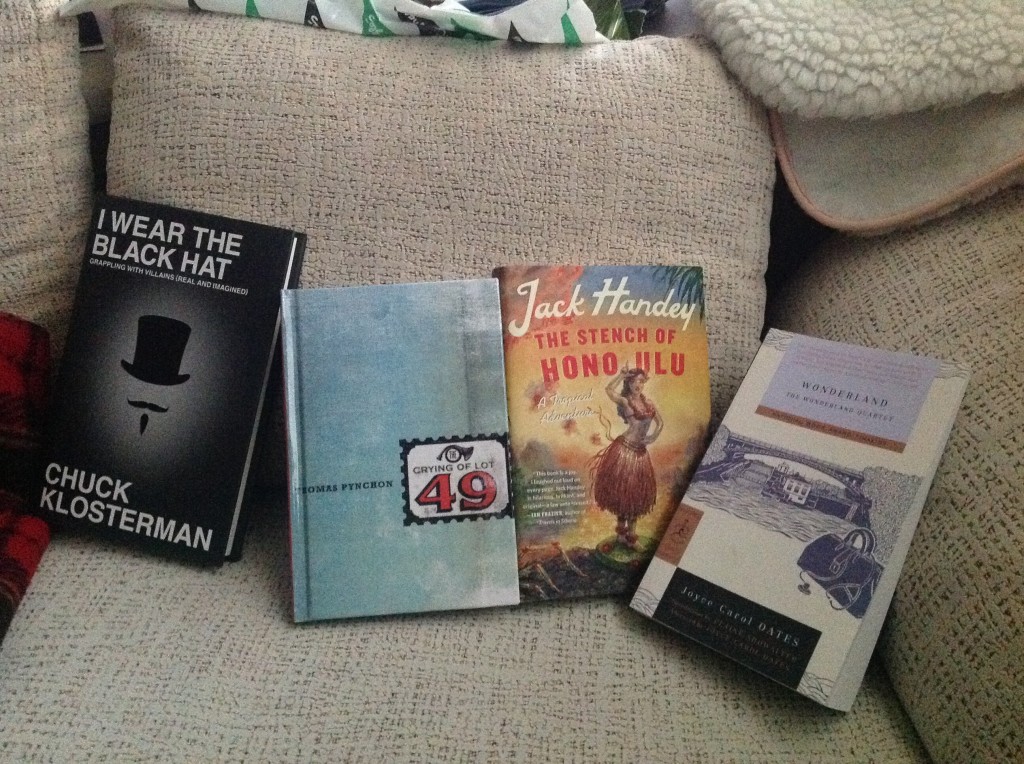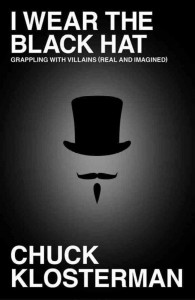 Este es un libro que, muy probablemente, no veremos traducido a nuestro querido castellano. El artífice es el grandísimo Chuck Klosterman, escritor norteamericano y crítico musical que se caracteriza especialmente por intentar dilucidar los mecanismos que rigen ese tan difuso mundo en el que vivimos, particularmente el de la sociedad norteamericana. Quizá por este motivo, la utilización de múltiples referencias autóctonas disminuye el interés de potenciales compradores en un país como el nuestro.
Este es un libro que, muy probablemente, no veremos traducido a nuestro querido castellano. El artífice es el grandísimo Chuck Klosterman, escritor norteamericano y crítico musical que se caracteriza especialmente por intentar dilucidar los mecanismos que rigen ese tan difuso mundo en el que vivimos, particularmente el de la sociedad norteamericana. Quizá por este motivo, la utilización de múltiples referencias autóctonas disminuye el interés de potenciales compradores en un país como el nuestro.
Una verdadera pena porque muchas de sus agudas conclusiones se pueden aplicar independientemente del país en el que te encuentres; su juicio ayuda a discernir cómo se comporta la sociedad ante ciertos eventos. Este es el caso de “I wear the black hat. Grappling with Villains”, el libro que publicó en el 2013 y que tiene la original premisa de ponerse en la piel de los que son considerados “villanos” e investigar cuáles son las causas que llevan a las personas a considerarlos de esta manera.
Ya en el prefacio las intenciones están claras, partiendo del hecho de mostrarnos lo que no va a ser: construcción mediante negación; además, nos introduce a la idea de que lo que va a contar puede no gustarnos:
“Here’s what this book will not be: It will not be a 200-page comparison of the Beatles to the Rolling Stones, even though I was tempted to do so in seventeen different paragraphs. It will not analyze pro wrestling or women on reality TV shows who are not there to make friends. And most notably, it will not be a repetitive argument that insists every bad person is not-so-bad and every good person is not-so-good. Rational people already understand that this is how the world is. But if you are not-so-rational –if there are certain characters you simply refuse to think about in a manner that isn’t 100 percent negative or 100 percent positive- parts of this book will (mildly) offend you. It will make you angry, and you will find yourself trying to intellectually discount arguments that you might naturally make about other people. This is what happens whenever the things we feel and the things we know refuse to align in the way we’re conditioned to pretend.”
(Pequeño apunte para no angloparlantes: la cantidad de textos y densidad, unido a la falta de tiempo imposibilita mi traducción palabra a palabra. Solo pasaré por encima reflejando el sentido general)
Su premisa de partida es tan simple como efectiva a la hora de definir lo que considerará un villano:
“The villain is the person who knows the most but cares the least.”
Con esta base es capaz de originar cada uno de los capítulos centrándose en aspectos de la villanía (normalmente centrándolos en personas concretas) y emparentándolos con sucesos de la vida cotidiana o de la sociedad; de esta manera es capa de reflexionar sobre la crítica, sobre lo que debe ser un crítico para ser considerado por el resto, ni puedes odiar todo ni puedes amarlo todo, el término medio aristotélico parece ser la solución y, sobre todo no perder esa cualidad de “ser emocionalmente frágil”:
“My personality had calcified and emancipated itself from taste. I still cared about music, but now enough to feel emotionally distraught over its non-musical expansion into celebrity and society. And this was a real problem. Being emotionally fragile is an important part of being a successful critic, it’s an integral element to being engaged with mainstream art, assuming you aspire to write about in public. If you hate everything, you’re a banal asshole… but if you don’t hate anything, you’re boring. You’re useless. And you end up writing about why you can no longer generate fake feelings that other people digest as real.”
En el marco televisivo indaga sobre los traficantes de drogas (drug-dealers) y cómo, aunque a priori deberían ser malvados, son pintados con frecuencia como “complicados, inteligentes y generalmente comprensivos” dándole una vuelta al sentido peyorativo que lleva asociado su nombre y la inevitable asociación a las drogas:
“When consuming TV in 2013, how do you know the program you’re watching is supposed to be art? The most important indicator is the network airing it –if it’s on HBO, AMC, or FX, the program is prejudged as sophisticated (and must therefore adhere to a higher standard). But a less obvious clue involves the depiction of any characters who sell drugs. If the drug dealers are depicted positively, the show is automatically seen as “realistic” and directed toward a discriminating adult audience. Drug dealers on high end TV shows are never straight-up bad gays; they are complicated, highly intelligent, and generally sympathetic.”
Sin embargo, su mayor genialidad viene en el capítulo “Easier than typing” que comienza con la siguiente hipótesis:
“Let’s pretend Batman is real.
I’m aware that this opening is enough to stop a certain kind of person from reading any further. It could be the opening line from an episode of Community that references a previous episode of Community. But that’s life. That’s how it goes.
Let’s pretend Batman is real. Let’s assume Gotham City is the real New York, and someone is suddenly skulking the streets at night, inexplicably dressed like a winged mammal. (For the sake of argument, we’re also assuming this is happening in a universe where the pre-existing BatmanTM character has never been invented by DC Comics, so no one is presuming that this is a person impersonating Batman –this is an original Batman, within a world where he’s never been previously imagined.”
En efecto, imaginemos la existencia real de Batman, el justiciero nocturno, pensemos que está actuando en nueva York, teniendo en cuenta que no ha existido el protagonista de cómic; en sucesivos y desternillantes párrafos nos damos cuenta de lo difícil que sería admitirlo en la realidad; lo bueno es que Chuck lo utiliza para llevarnos al caso real de Bernhard Goetz personaje bien conocido en Estados Unidos por haber matado a cuatro jóvenes de color porque creía que iban a robarle. El paralelismo entre las dos figuras es más que evidente; sin embargo, en la realidad Batman se considera un héroe y Goetz es un villano. Klosterman llega a la siguiente conclusión:
“Because he is unreal, Batman controls de Batman Message. He lives in a finite unreality. Goetz faced (and partially created) the opposite circumstance. Every forthcoming detail about his life –even the positive ones- made his actions on the subway seem too personal. And people hate that. What people appreciate are scenarios in which someone’s individual experience becomes universal. When that transference goes the other way –when something wholly universal (like the fear of crime) comes across as highly personalized (as it did for Goetz)- the ultimate takeaway is revulsion.”
Lo que convierte a Goetz en algo revulsivo, y que la gente le odie en última instancia, es la particularización de su crimen, todo lo que sea universal (el miedo al crimen) es tolerado, sin embargo cuantos más detalles conocemos que le llevaron a ese acto, más particularizado se vuelve, más reprobable, ya que la involucración es personal y no tan moral.
No se acaban las genialidades con este fabuloso capítulo; en la exploración de las figuras de Assange y Kim Dotcom (creador de megaupload) tenemos otra de esas reflexiones inigualables:
“This is why Assange can make an argument that openly advocates actions that (in his words? “might be inmoral”. Those actions are going to happen anyway, so he doesn’t have to pretend that they contradict the way we’ve always viewed morality. He doesn’t have to convince us he’s right, because our thoughts don’t matter. His vies of everything is like Perez Hilton’s viez of gossip or Kim Dotcom’s view of entertainment: He believes everything longs to be free. And he will make that happen, because he knows how to do it and we don’t know how to stop him. He’s already beaten everybody. It was never close.”
Estos “villanos” no solo no consideran que tengan que justificar sus obras, o más bien, convencernos de que lo que hacen es correcto; sino que Dotcom cree también que “todo tiene que ser gratis y hará que suceda porque sabe cómo hacerlo y también sabe que no podemos pararle.” Exacto, la premisa inicial de Klosterman aparece de nuevo: “The villain is the person who knows the most but cares the least.” (El villano es el que más sabe de todos y el que menos se preocupa de ello.)
Los análisis de Abdul Jabar o Chevy Chase como figuras “odiables” son bastante encomiables también, especialmente en el caso del humorista, famoso por sus irrefrenables polémicas con todos los compañeros/directores/actores con los que interactúa:
“The fear with Chevy Chase is that every role is just another manifestation of “the Real Chevy” –that all these identical characters reflect the person he truly is, and that all his alleged arrogance is the product of believing he’s the only person smart enough to recognize how everything is a clumsy joke, including love and death and unedited emotion. That’s what he means when he says, “I’m Chevy Chase and you’re not”. It’s not something he’s happy about.
I see all of Chevy’s worst qualities in myself. But none of his good ones.”
Todos tenemos el miedo de que en realidad cada rol que ha efectuado Chevy Chase no es una actuación, sino que solamente reflejan la verdadera idiosincrasia del detestable personaje y encima es totalmente consciente de ello.
En este ensayo el escritor norteamericano no baja el pistón sin que deja para el final al “villano” paradigmático, al reconocible por todos, al que todos necesitamos en nuestras vidas; lo habéis adivinado (bueno, también venía en el título de post), necesitamos a Hitler:
“Hitler is the human catch-all for all other terrible humans. Other genocides can be viewed as sinister in concept and heartbreaking in practice, but without any pressure to understand and personify the men who made them happen. Mao and Stalin (and Hirohito and Amin and Leopold and Robespierre) are dead, both literally and figuratively. They are historic caricatures. They can disappear. But we need to keep Hitler alive. Hitler needs to be a person we hate on a one-to-one basis. He’s the worst. That’s his job.”
La necesidad de mantener a Hitler vivo por nuestra propia salud es una de las mayores paradojas de la sociedad contemporánea; y es así porque Hitler tiene que ser objeto de odio. Chuck ahonda en la personalidad del dictador y nos trae a colación la famosa escena de “El hundimiento” , curiosamente una de las pocas películas que intentaba sacar alguna de sus facetas más humanas, dulcificarlo de alguna manera; si recordáis ese momento ha sido parodiado hasta el infinito siendo utilizado para crear escenas cómicas de todo tipo según el motivo buscado: el discurso de Ana Botella en el COI o el final de la serie Perdidos .
Esta parodia continuada en el tiempo consigue su principal objetivo, que la posible manifestación humana del dictador sea considerada en sí una mentira, o no relevante para la mayoría de la población.
Necesitamos a Hitler, porque necesitamos elementos seguros, la estabilidad que causa el tener un personaje al que puedas odiar de verdad, sin tonos de gris, nos trae estabilidad a nosotros y nos mantiene en armonía indudablemente. Esa es la función de Hitler y lo seguirá siendo por nuestro bien.




